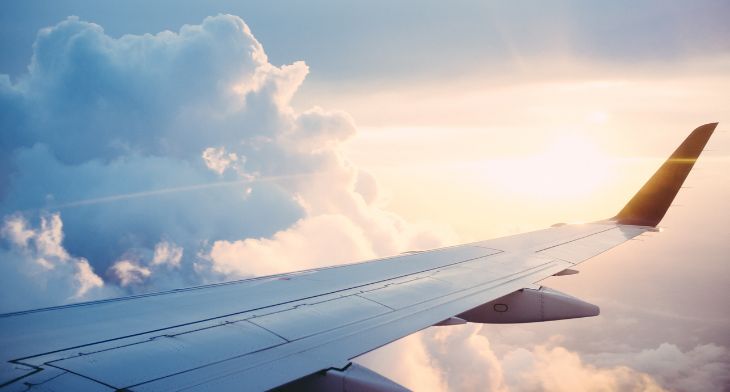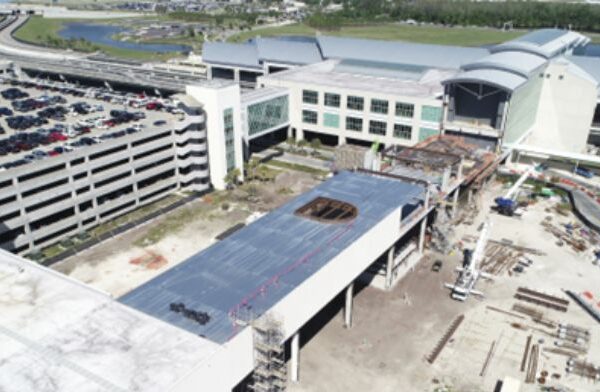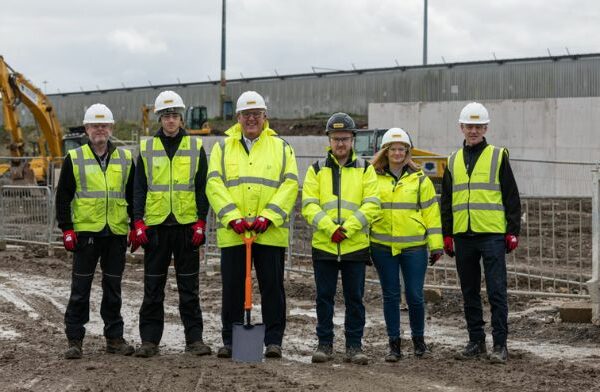


Despite the ongoing recovery of the aviation sector, just over half of airport leaders (52%) are worried about their financial stability with 48% of airports’ revenue not yet recovered to that from prior to the pandemic, according to a report by AeroCloud. The report also found that 37% of those airports surveyed are still in debt.
Some 200 airport leaders were surveyed for the report, titled ‘Getting on the Runway to Growth’, with AeroCloud co-founder and CEO, George Richardson, saying: “The overall outlook for the aviation industry is strong after what has been a difficult few years. But not all airports are benefiting from this bounce back yet. Many are still struggling with the impact of staffing issues and flight disruption on their operations, as well as their ability to boost their revenue. While every airport has its unique challenges and opportunities, our research found airport leaders have common strategies in how they plan to boost their growth in the year ahead.”
Hurdles that airports continue to face in the journey ahead include sluggish passenger growth and spending with 70% predicting the cost of living crisis will impact spending with concession partners. Meanwhile, 62% of airports view not being able to hire enough staff to meet passenger demand as a risk to operations over the next 12 months and 69% fear the impact of disruptive events beyond their control with 74% pointing to flight cancellations as having a particularly negative effect on their reputation with travellers.
The report also identified the four areas where airport leaders see opportunities to boost their growth. These include: attracting new airlines (with 52% saying they haven’t been able to restore all routes served before the pandemic). To entice new carriers, airports plan to improve gate management, offer airlines access to airport operational data and lower the upfront investment through common-use facilities. Airports also recognise the importance of being ranked highly for their passenger experience, which can be improved through reduced security wait times and greater availability of self-service tools. In addition, 86% of airports want to increase passenger spending in duty free, retail and food and beverage concessions through more pre-planned purchases and more efficient passenger processing at check-in and security. The fourth area and a commercial priority for 92% of airport leaders is to transform airport operations by upgrading legacy technologies and systems. Indeed, 60% of those surveyed said not investing in new technologies to optimise airport operations, such as SaaS platforms, automation and AI , is a key risk over the coming months.
Underlining that the report includes recommendations for where airports should focus investments to enhance their operations and drive revenue and growth, Richardson added: “40% of airport leaders told us they are still using Excel and Word documents to store and manage operational information, such as for gate management and the RONs (Remain Overnights). The reliance on manual processes and legacy systems presents massive hurdles to their revenue growth. Airports must look to the future to secure the next stage of their growth by embracing the benefits of artificial intelligence, computer vision and the cloud.”





